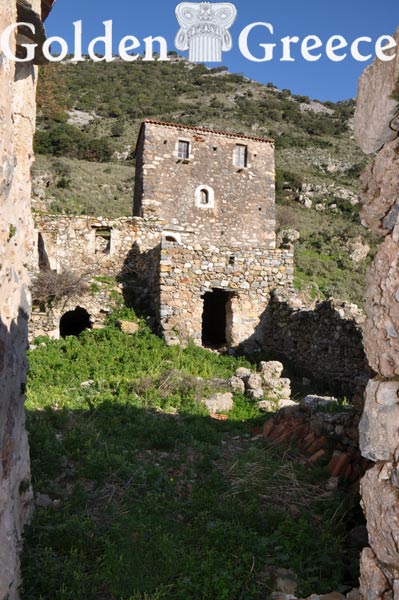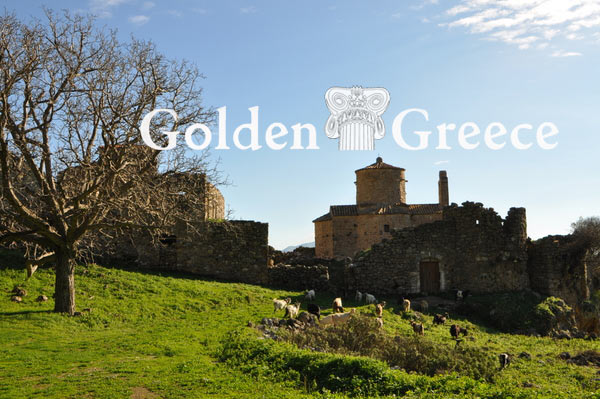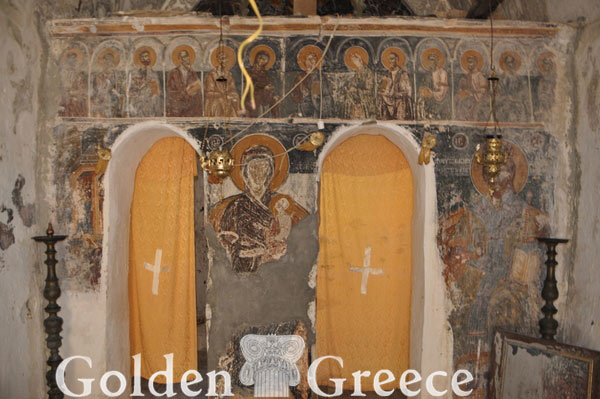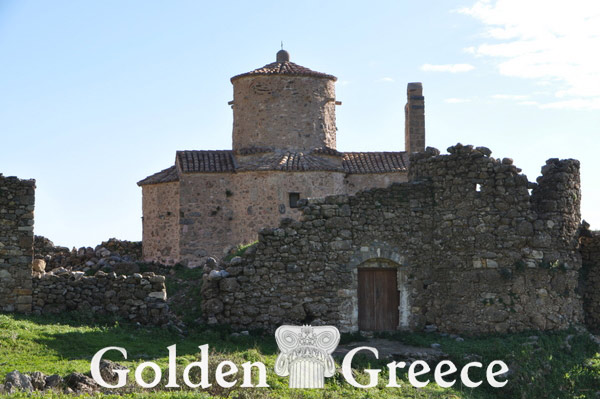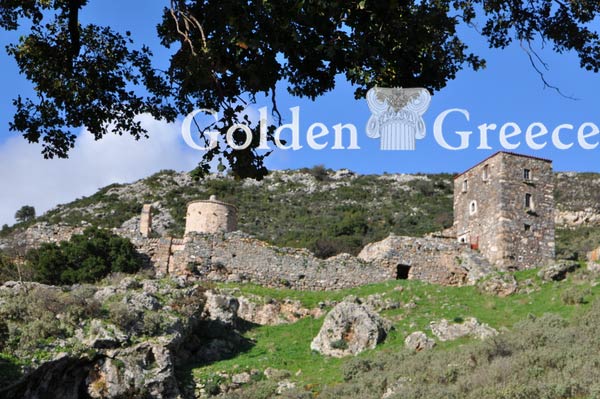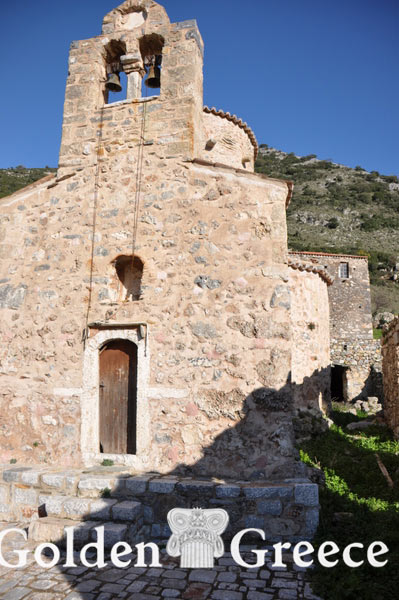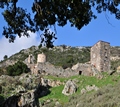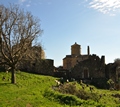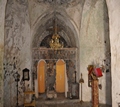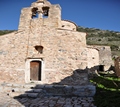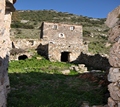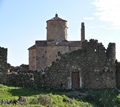
The Monastery of Tsigou or the monastery of the Petrolians, is dedicated to Panagia and celebrates the Birth of the Virgin on September 8. It belongs to the Stephanopoulian family.
The church is of Byzantine style with a dome and a belfry with two bells above the front door on the west side. The interior of the temple has whitewashed hagiographies, except for the dome where Pantokrator is distinguished and from the iconostasis of the sanctuary, which has only two entrances. To the right of the beautiful Gate is the iconography of Christ, to the left of the Virgin Mary and to the left of the left entrance of the sanctuary, the iconography of the Birth of the Virgin, while in the upper part is depicted the dodecahorto with figures of saints.
The monastery and the houses have a castle wall all around for protection, but what is impressive is the half-destroyed round tower (goulas or tabia), on the right as we enter the arched castle door, it is ancient and the building testifies to the need to control the area, because it is passage from the old years of at least the early Byzantine period.
The fortress monastic complex, apart from the church which is kept in good condition as it has recently been repaired, has a high and strong tower which has also been recently repaired and on top of it there are nests for carrier pigeons, which were used in the earlier years during the Turkish occupation. The old houses located within the fortifications are in ruins from the period of the civil war.
Regarding the establishment of the monastery, it is said that it was built by Stefanos Komnenos in the 16th century, because as a protoger and leader of Oitylos, he defeated the Turks in a battle in the belt of Kasaris on September 8, 1537, and because it is the day of the birth of the Virgin, he built the monastery in his country estates, but this tradition is probably inaccurate.
The truth is that the monastery is built in a prominent position of important roads of communication and at the same time of visual communication with chimneys, while at the same time it has nearby rich and always exploitable lands, with abundant water.
When in 1834 the Maniates expelled the foreign monks from the monasteries and left only monks from their own generation, - if there were any - the time came after a few decades, when no other monk went and they took the soybeans that belonged to them by inheritance, the monastery and the they took with their stay their persistence and their sword. This is how it happened in the monastery of Tsigo.
Kolokotronis also hid in the monastery of Tsigos and from there he watched the movements of Petrobeis Mavromichalis, before the start of the revolution.
Editor: Fotini Anastasopoulou
